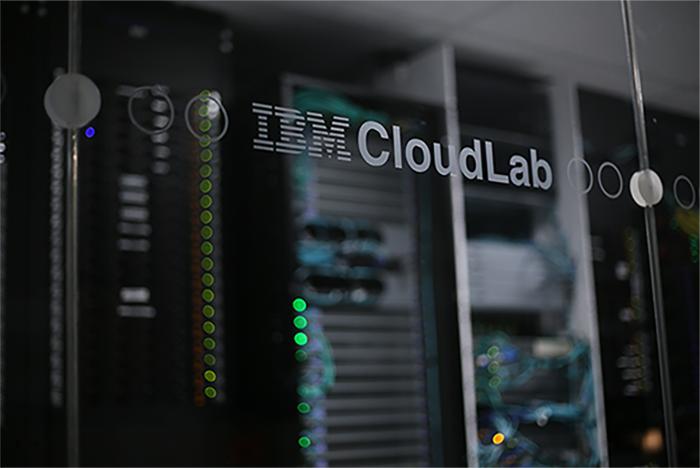IBM has completed its acquisition of Linux giant Red Hat in a move the companies say will allow them to tackle larger projects for customers and create more partnerships with other vendors.
IBM has finalized its $34 billion purchase of Red Hat and says it will use the Linux powerhouse’s open-source know-how to enable larger scale customer projects and to create a web of partnerships to simplify carrying them out.
“A lot of our mutual clients are interested in doing a lot more,” says Arvind Krishna, Senior Vice President, IBM Cloud & Cognitive Software in a blog post. “Many see this as an opportunity for us to create large industry ecosystems with other providers who are optimized on this common infrastructure. …If Red Hat were to do this on their own, there would be a limit to how much they can scale. Together, we can put a lot more resources into optimizing other partners.”
The combined companies will also be able to smooth out the challenges of multi-cloud environments where each cloud provider’s implementation differs from the others, says Paul Cormier, Red Hat Executive Vice President and President, Products and Technologies, in the same blog post.
“[All] the clouds, even though they have the same underlying technology, they’re all different,” says Cormier. “And so, as customers want to span clouds, they’re realizing now that they have to have four or five different islands of technology stacks that developers have to develop for, and that operations people have to operate. That’s really unsustainable from a management perspective.”
By combing the two companies, their development teams will also be able to work on making their products easier to delploy, Krishna says. “Capabilities such as recovery, monitoring, security, and auditing are rarely built in. And they often cannot be deployed in a single click. Typically, all of these configurations have to be done manually,” he says. “So, a massive problem our clients need us to solve is to make the whole process a lot easier.”
More broadly, IBM hopes to create a single Linux operating environment that will span any type of enterprise IT infrastructure from bare metal to virtual machines to clouds, Cormier says. “This is the problem that we’re aiming to solve—providing a single, common operating environment across the hybrid and multicloud world. As we help lay down that one common operating environment, we’ll not only help operators but also help developers have one operations policy, one deployment policy and one security policy,” he says. “They’ll have one environment where they can build once and deploy in any one of the footprints that’s appropriate.”
IBM will continue Red Hat’s historical commitment to open source, says Chris Wright, CTO of Red Hat. “As we start this new chapter with IBM, Red Hat will continue to be and do what it always has,” Wright says in a separate blog. “We will continue to lead and participate in communities. We will carry on with our work in numerous open source projects. And the technologies we develop and offer to our customers will continue to be open.”
When it announced plans to buy Red Hat last year, IBM said it expects growth in the use of cloud services to blossom, with enterprises poised to expand from using cloud for inexpensive compute power to placing more applications in the cloud.
“To accomplish this, businesses need an open, hybrid cloud approach to developing, running and deploying applications in a multi-cloud environment,” IBM said in a written statement.
IBM and Red Hat have partnered for more than a year to integrate their cloud offerings: Red Hat’s Open Stack private cloud platform and its Ceph Storage and IBM’s public cloud. The goal was to lure Red Hat customers by enabling use of Red Hat’s management for workloads placed in the IBM cloud.
In addition to hybrid cloud support, the pending merger will provide corporate developers with container and Kubernetes technologies essential to their work writing cloud-native applications, he says.
IBM is calling its purchase of Red Had its largest acquisition that will help it expand its portfolio to boost and the size of its $19 billion cloud business and tap into what it sees as a $1 trillion market.
Red Hat has become a free-standing unit of IBM that will keep its leadership, facilities and culture, IBM says.
This article originally appeared on NetworkWorld.

